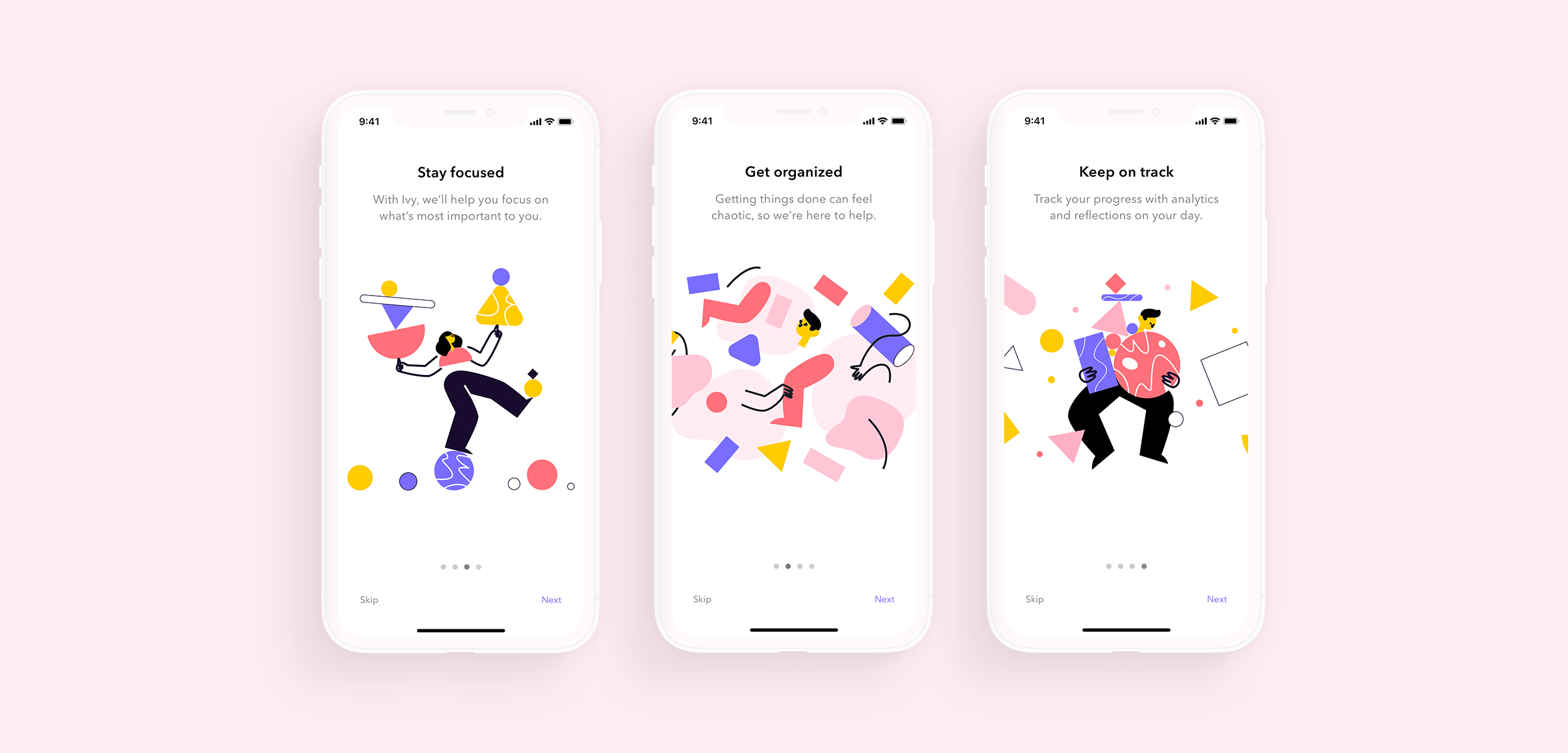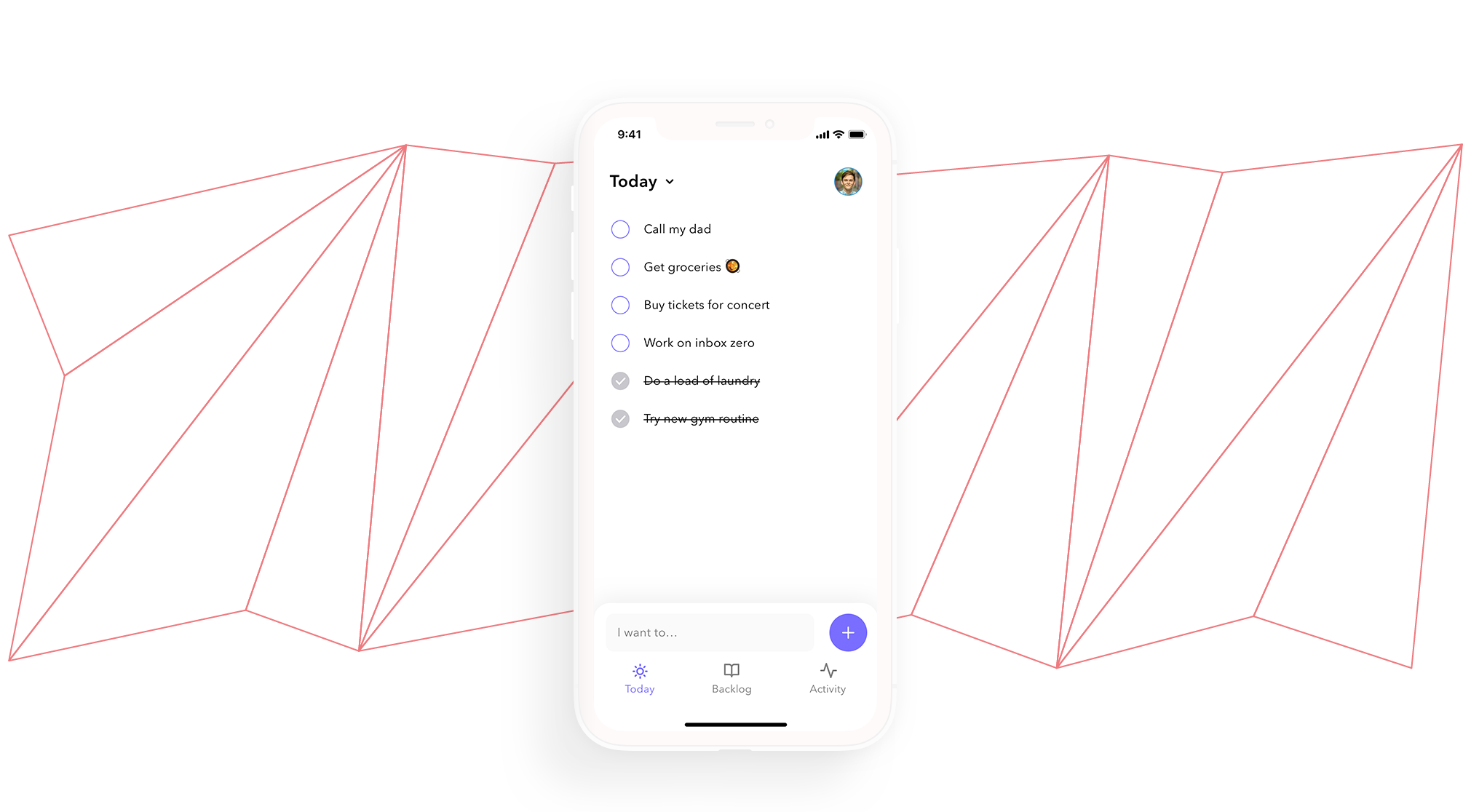Ivy Lee Method: Six Daily Ways to Beat Burnout
A different kind of burn
Back in the sixties, “burnout” might have been what a straight-edged, authority figure might have called an unemployed, magic pipe puffin’ member of counter-culture.
These days, it’s quite the opposite: Burnout is not about an aversion to work, it’s about too much work; too strong an emphasis on a lifestyle that demands the full intrusion of productivity into every aspect of life; an embrace of the always-on mentality.
Productivity app Ivy might just be one answer to the modern malaise of burnout.
Its goal is to help users get things done. That might sound simple, but perhaps simplicity is the secret ingredient.

New workers for new economies
Since today’s modern office jobs offer many more flexible roles and responsibilities, it’s up to each individual to stay on top of the myriad of things they’re expected to get done.
When considering this ever-increasing number of daily, weekly and monthly tasks, one can see where the concept of errand paralysis rears its ugly head.
So the tech world does what it does best: respond with apps to solve the problems that (one might say) the tech world prompted in the first place.
There are plenty of to-do apps, list-maker tools, and errand assistants out there, however, Ivy’s unique selling point is the insistence on limiting an individual’s number of daily tasks.
The magic number? Six.
Ivy Lee method: the century-old simplicity of “six”
The Ivy team didn’t come up with the number six on their own. It’s part of a method named after productivity consultant Ivy Lee. About a hundred years ago, Lee was hired by the steel magnate Charles M. Schwab to tighten up operations at Bethlehem Steel Corporation.
Here, Lee presented the six tasks per day rule. And it worked like gangbusters.
Schwab was so impressed with Lee’s results, he gave him an unsolicited bonus, worth almost half a million in today’s dollars.
Thus, Ivy, the app took its name from Ivy Lee, the man.

Crossing off to-dos the Ivy way
Ready to plan an ace of a day?
The most important thing one needs to know about how Ivy works is that onboarding is designed to be as simple as possible: Ivy lives on your iPhone and is no more complicated than using any other basic iOS app.
First, you decide at what time your “day” ends. This is how Ivy knows how to tally up your productivity for the day.
You write down tasks that you want to accomplish for the day (in the morning or the night before, it’s up to you). Ivy gives you six slots, order your tasks according to priority.
Still not used to scaling down your tasks? No problem. If you have more than six tasks, Ivy gives you options: put extra tasks on tomorrow’s list, schedule them for a day in the near future, or place them in a backlog.
Scheduling is convenient if you have a task that can only be done on a certain day in the future, like, for example, there’s a sale at your favorite store, or a birthday call you must make, or to go vote in your local or federal elections.
The backlog is good for building up a list of things you want to do but don’t have pressing time concerns. This way, if you have a light day (less than six tasks), you can choose to include one of your backlog tasks.
Time to reflect
Firstly, this is a ‘no stress’ app: Uncompleted tasks get automatically moved to the next day, where they will then take top priority. If your next day already had six in line, then the least prioritized ones will get bumped to the following day.
Ivy also offers a space for reflections. This feature is a thoughtful addition to your average daily task management tools.
At whatever time you’ve set your day to end, Ivy asks you to jot down how you feel about the day. You can choose an emoji (sad, plain, happy face) or write down your reflections (up to 140 characters).

Looking back
In the Ivy app, at any time you can get an overview of all your activity including the total number of completed tasks, and how many tasks you complete on average per day.
Perhaps what is most helpful with Ivy is that you can view all your past reflections, monitoring your states of stress or fulfillment as a progressive timeline of emotions and thoughts.
Light as a feather
That’s all there is to it, and all for the once-a-year price of $34.99. Or give it a whirl before you decide to buy, Ivy offers a one-week free trial.
Sure, in total, Ivy has fewer than a handful of features, but that’s more a feather in their cap than a thorn in their side. Ivy’s minimal design and simple usability is a reflection of the stress-reducing time management this app hopes to inject into the lives of its busy, always-on users.
Rising up from hustle culture
Ivy is hot-off-the-press, hitting the app box office in the Spring of 2019.
Co-founders Tucker Schreiber and Evan Cloutier both worked at Candian online investment management service, Wealthsimple; Schriber as a product manager and Cloutier as a software engineer.
The two founders recognize that “now more than ever we identify with our work.” This is particularly true of members of startups, independent SMEs, freelancers, and the self-employed, all of whom know success depends on how much they are ready to fully commit to their business goals.
This hustle culture comes with built-in precarity, which means nothing is fixed, anything can change on short notice, and therefore each individual is personally responsible for accumulating many more tasks, just to keep up.
Schreiber, Cloutier and the Ivy team see the dangers associated with this contemporary off balance work/life culture which ultimately leads to a burnout associated with depression, anxiety, and stress.
Regardless of being productive on the job or getting your personal life on track, nobody is getting things done when suffering the symptoms of burnout.
Ivy provides a formula for conquering counter-productive feelings and habits, one task at a time.





